London has many attractions that attract avid travelers, but one of the main ones is the Tower. The famous Tower of London is located on the north bank of the Thames. It is a fortress - several buildings of different times, around which are built two rows of wide fortress walls with towers.
The thickness of the walls in the Tower is about 4.6 meters, so it is not surprising that no one has ever been able to take it by storm.
Over its vast history, and the Tower was built more than 900 years ago, the fortress housed a variety of services. The Tower of London was both a prison, which is a complex and terrifying page in the history of England, and a zoo, and a defensive fortress, and a mint, and a repository for the jewels of monarchs, and an observatory, and an archive in which important historical and legal papers were kept.
Now one thing remains unchanged: Tower is a place that attracts an incredible number of tourists.
The emergence of the fortress
It is officially believed that the Tower was founded in 1078, and the grandiose construction of this castle was started by William the Conqueror to intimidate the population of the conquered lands. But before that, for a long time, Roman fortifications were laid on the site of the modern fortress, which were partially preserved in the castle.
In place of the wooden Roman fortifications, a stone building appeared - the Great Tower, which had the shape of a quadrangle measuring 32 by 36 meters and about 30 meters high.
In the 13th century, by order of the King, the Tower was whitewashed and began to be called the White Tower. Then towers and two rows of powerful fortress walls were erected around the castle. To strengthen the defense, a deep ditch was dug around the fortress, which made the Tower of London one of the most impregnable European structures.
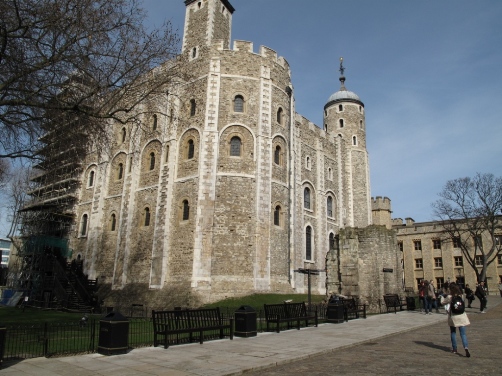
The White Tower was the first building on this territory, and it was from here that the Tower of London began..
Tower as a state prison
In London, the ominous glory of the Tower is still preserved, because from the moment of its foundation it became a state prison, where not only prisoners were kept, but also executions took place, including open ones, put on public display.
In addition, at certain times, guards used cruel torture of prisoners. The prison mainly held high-ranking officials, aristocrats, and priests accused of treason.
Among the prisoners of the Tower were the kings of Scotland, France and their families, William Penn - one of the founders of the English colony in America, who was imprisoned for religious beliefs, executed in the fortress Henry VI - a participant in the Gunpowder Plot, who tried to overthrow King James I.
Some executions took place closed, on the territory of the fortress itself, for example, famous queens were executed in this way: Anne Boleyn, the second wife of Henry VIII, who could not bear him a son, his fifth wife Catherine Howard, as well as Jane Gray, who remained queen for only 9 days.
Most executions took place in public, on Tower Hill, located near the fortress. A crowd of people, hungry for such spectacles, gathered at the execution. The head of the culprit was cut off and put on public display as intimidation and warning. The headless body itself was buried in the basements of the fortress.
In the 17th century, almost no new prisoners appeared in the Tower prison in London. The last public execution occurred in 1747. Then only during the First World War the Tower became a place of imprisonment and execution of German spies. During World War II, prisoners of war were kept in the Tower. The last prisoners in the Tower in 1952 were the Kray twins.
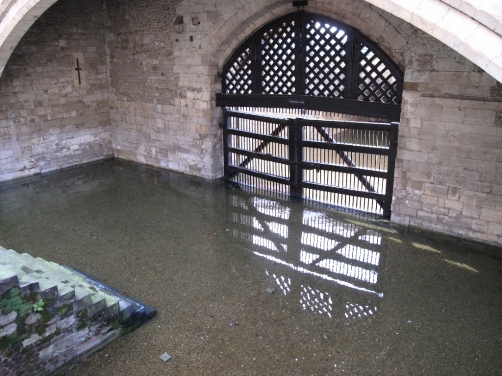
Tower as a peaceful place
The sinister era in the history of the Tower ended with the rise to power of John the Landless, who gave rise to a parliamentary constitutional monarchy. He gave some power to parliament, and turned the Tower of London into a zoo. John began keeping lions in the Tower. The menagerie was replenished under John's successor, Henry III, when he received a polar bear, an elephant and leopards as a gift.
At first, the animals were kept there only for the amusement of the king and his retinue. Gradually, new exotic animals appeared in the menagerie, and under Elizabeth I the Tower was opened to visitors as a zoo.
The history of the Tower as a zoo ended in 1830, when it was decided to close it and move the animals to a new zoo built in London in Regent's Park.
For almost 500 years, the Tower of London was also the main department of the mint; military equipment and weapons of the king and his army were also manufactured and stored there.
Anyone who decides to visit the Tower will be greeted by palace guards. It has existed since 1475. Representatives of the guards brought the accused into the territory of the fortress through the gate, which is called the “Gate of Traitors.”
Modern representatives of the guards are not so aggressive, but are still on alert, because the Tower of London is the repository of the royal family's jewelry: the crown of England, a scepter decorated with precious stones, other regalia, as well as the largest diamond in the world, Cullinan I, are kept here.
Guard representatives also conduct excursions to the fortress, prison, zoo, mint. Since the 15th century, guards have been popularly called “beefeaters” (from the English “beef” - beef), to make it clearer to us, “meat eaters.” Then the English people were starving, but the guards were always fed and received huge portions of meat. So the monarchs sought to provide themselves with reliable protection.
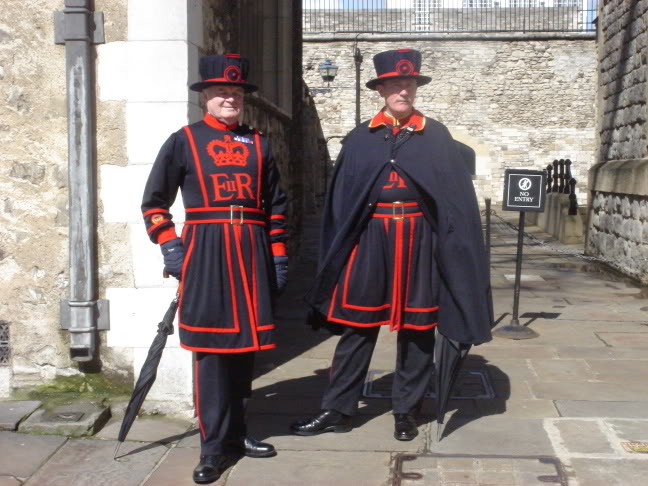
Anyone who has been at least a little interested in London, England, and the Tower knows that in addition to human guards, there are bird guards in the Tower. One of the symbols of the Tower is a flock of ravens. Here, from ancient times, a legend arose that if the ravens suddenly left the Tower, some kind of misfortune would befall England.
The English, with their traditions, sacredly preserve this legend, believe in it and keep six ravens on the territory of the Tower. To prevent crows from flying away, their wings are clipped. But the local crows would hardly be planning to fly away somewhere, because here they are fed veal and sometimes rabbit meat. The ravens in the Tower have names and pedigrees.
Only thrifty Englishmen keep seven birds just in case, and they built seven houses for the birds. Although with such care, birds live for more than 200 years. There is a separate position for the proper care and care of birds - palace raven keeper.
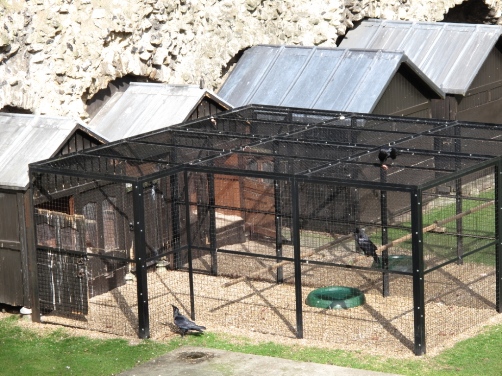
In the museum, tourists can see various exhibitions dedicated to different eras in the history of the Tower. The infamous Tower Hill, where executions took place, now houses a memorial complex with a pillow-shaped monument and a plaque listing the names of the executed monarchs.
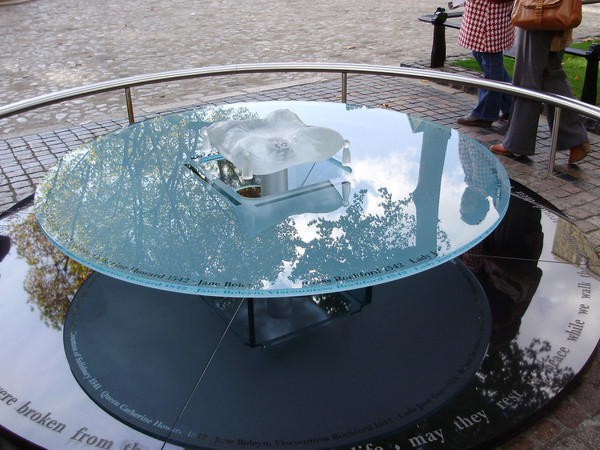
Memorial to those executed within the walls of the prison - seven famous prisoners who were beheaded
The Tower ghost stories are also widely known and interesting. Even some reputable scientists do not deny the appearance of ghosts here. Sometimes you manage to catch some entities in the camera lens. This fact attracts adventure-seeking youngsters here during Halloween.
The Ceremony of the Keys is a centuries-old tradition of the Tower. For 700 years, every day at exactly 21:53 this ritual has been performed. Only once, in 1941, was he detained for half an hour during an attack on the fortress by Nazi bombers.
At this time, the keeper of the keys leaves the tower, and the Guard of the Keys goes to meet him. The guards lock the Main Gate and approach the Bloody Tower. A traditional dialogue sounds, which ends with the words “God bless.” At night, the keys are located in the manager's residence. Anyone can see the key ceremony by writing a letter in advance and receiving an invitation card.
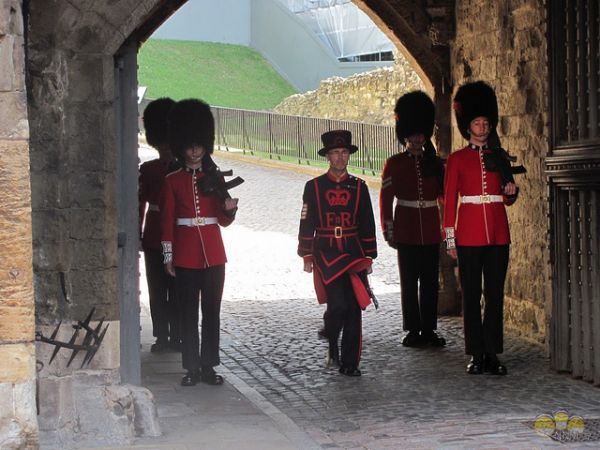
Officially, the Tower is considered a royal residence. Today, there are even private apartments in the Tower where service personnel live or distinguished guests stay.
In conclusion, it is worth saying that there are a huge number of reasons to visit Tower. If you are going to London, no matter what personal business, visiting the Tower is a top priority. Such special impressions and atmosphere cannot be obtained anywhere in the world.
